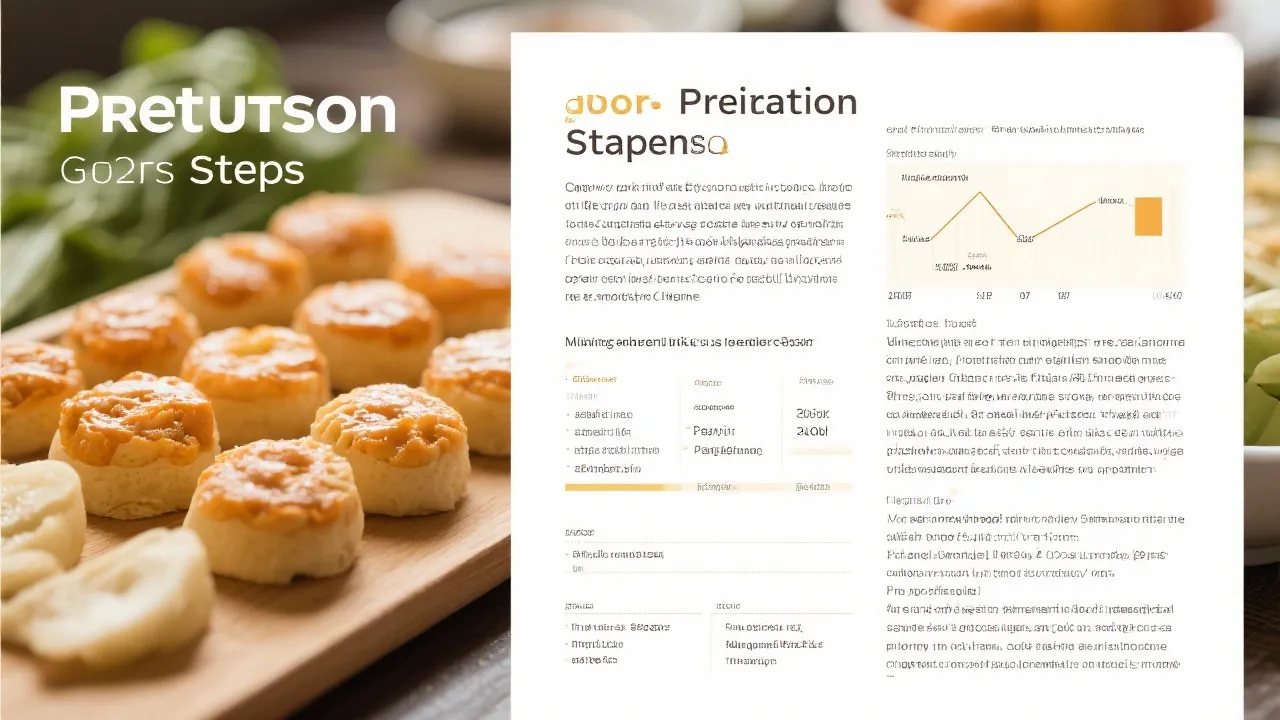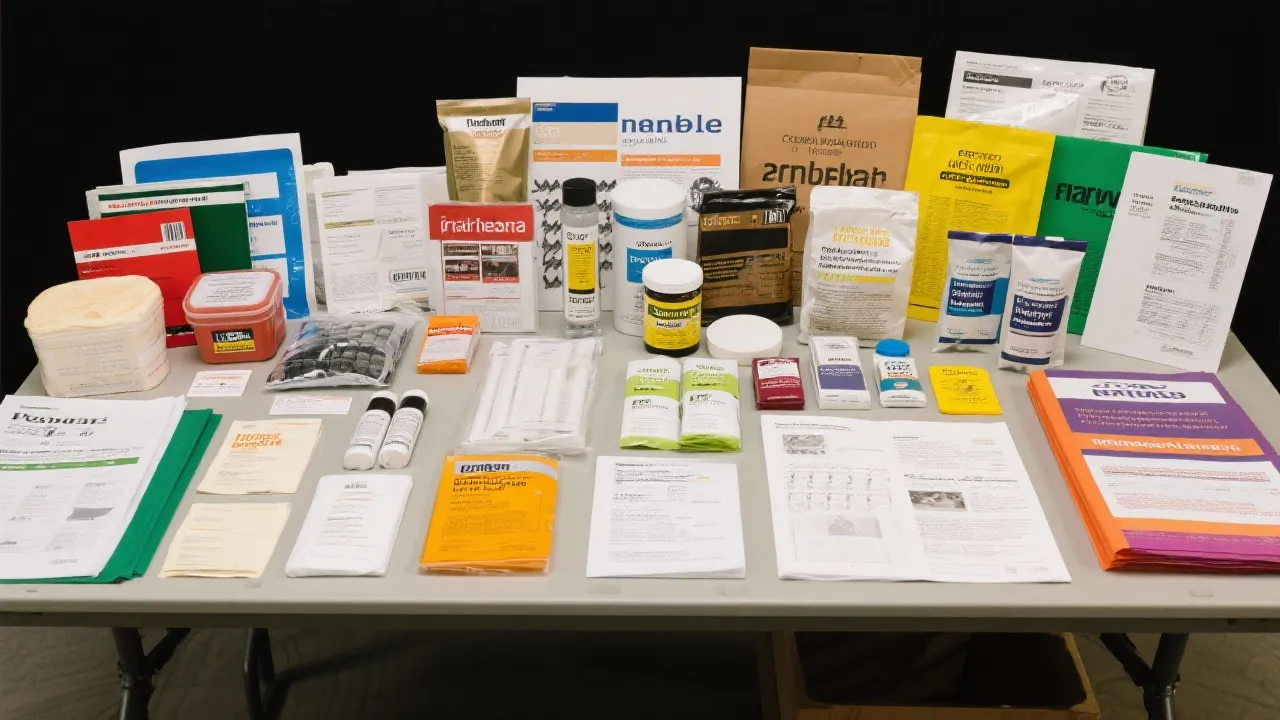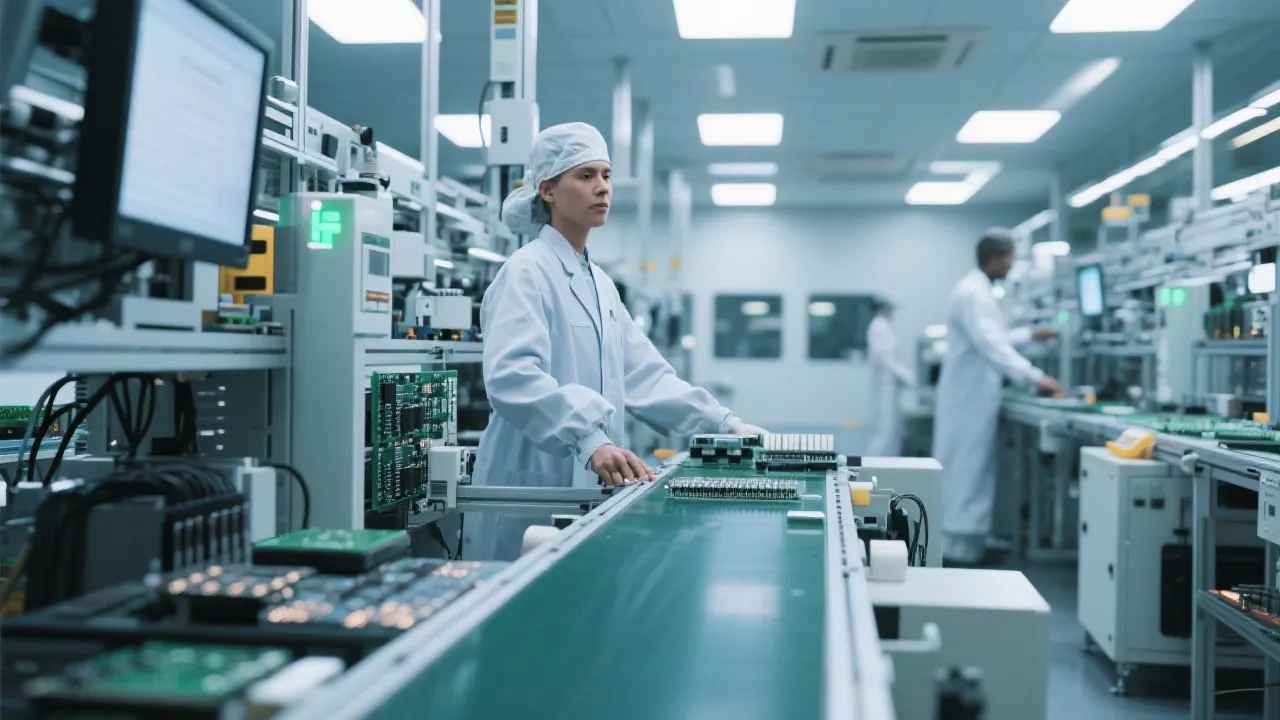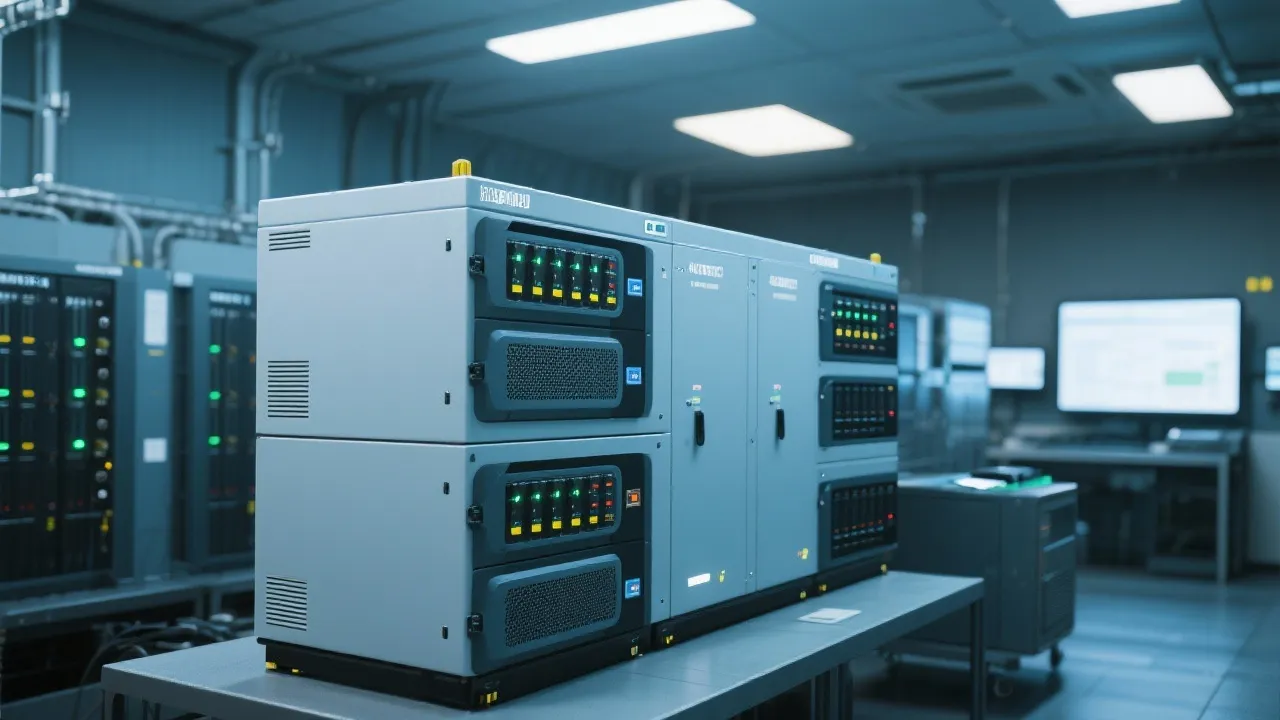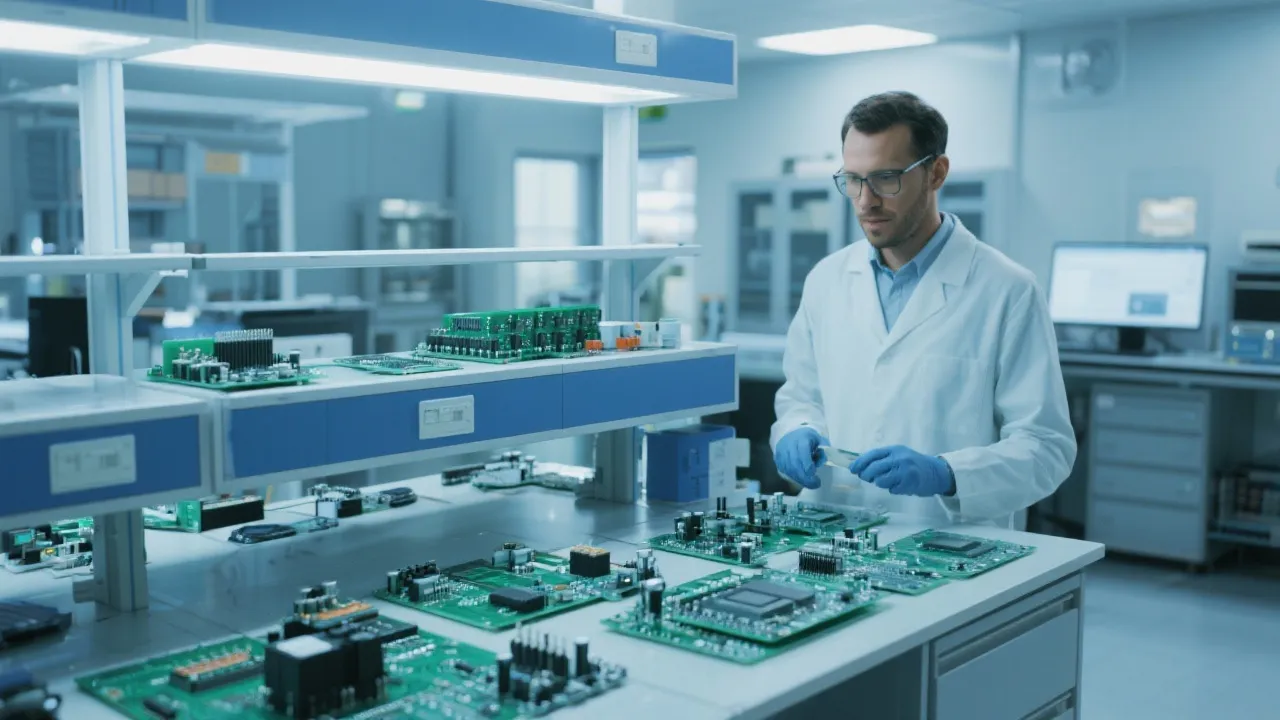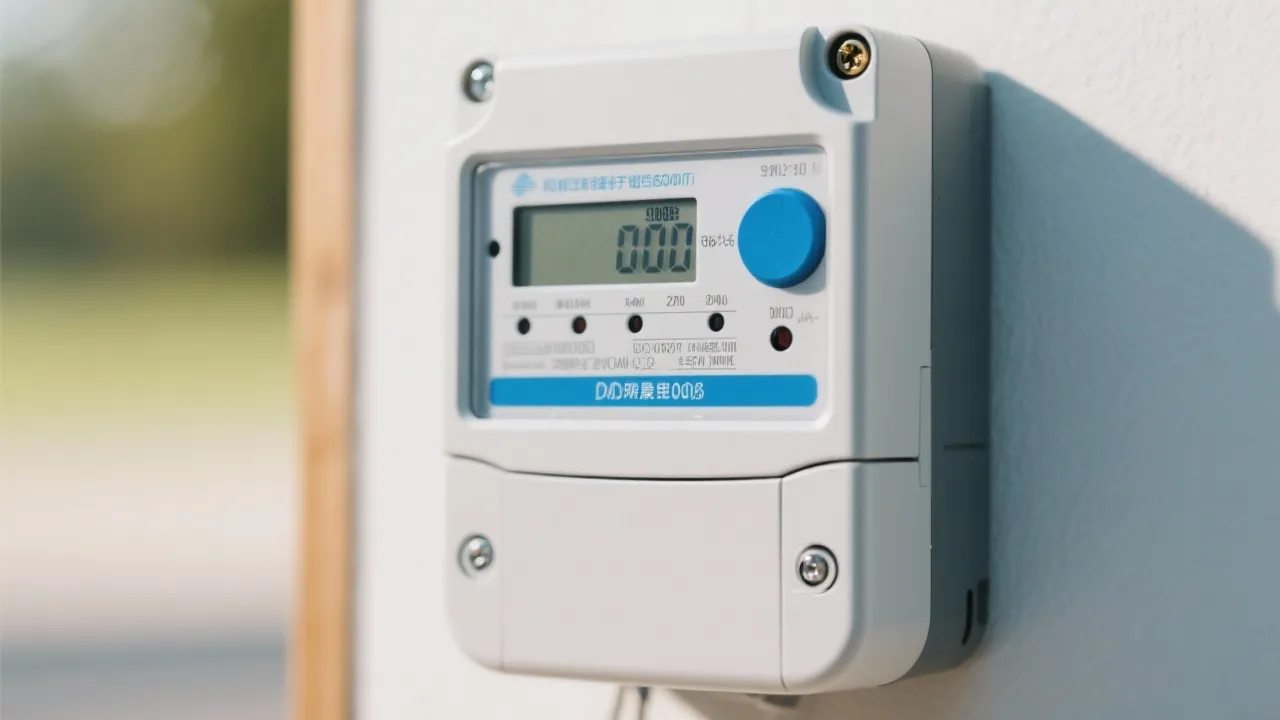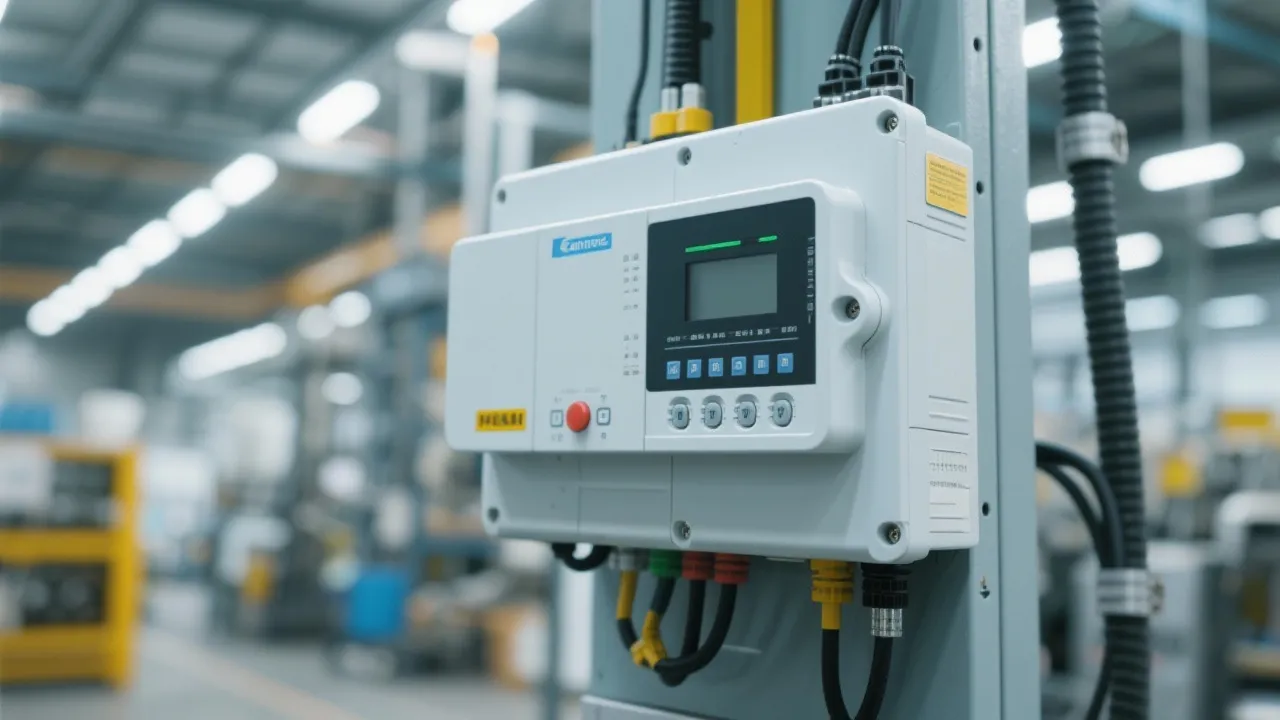Understanding Capillary Viscometers in Detail
Capillary viscometers are fundamental tools in fluid dynamics, essential for measuring a fluid's viscosity. These devices provide critical data in industries such as pharmaceuticals, petroleum, and food processing, where precise fluid characterization is vital. A capillary viscometer operates by measuring the time it takes for a liquid to pass through a capillary tube, offering insights into the fluid’s flow behavior under specific conditions.
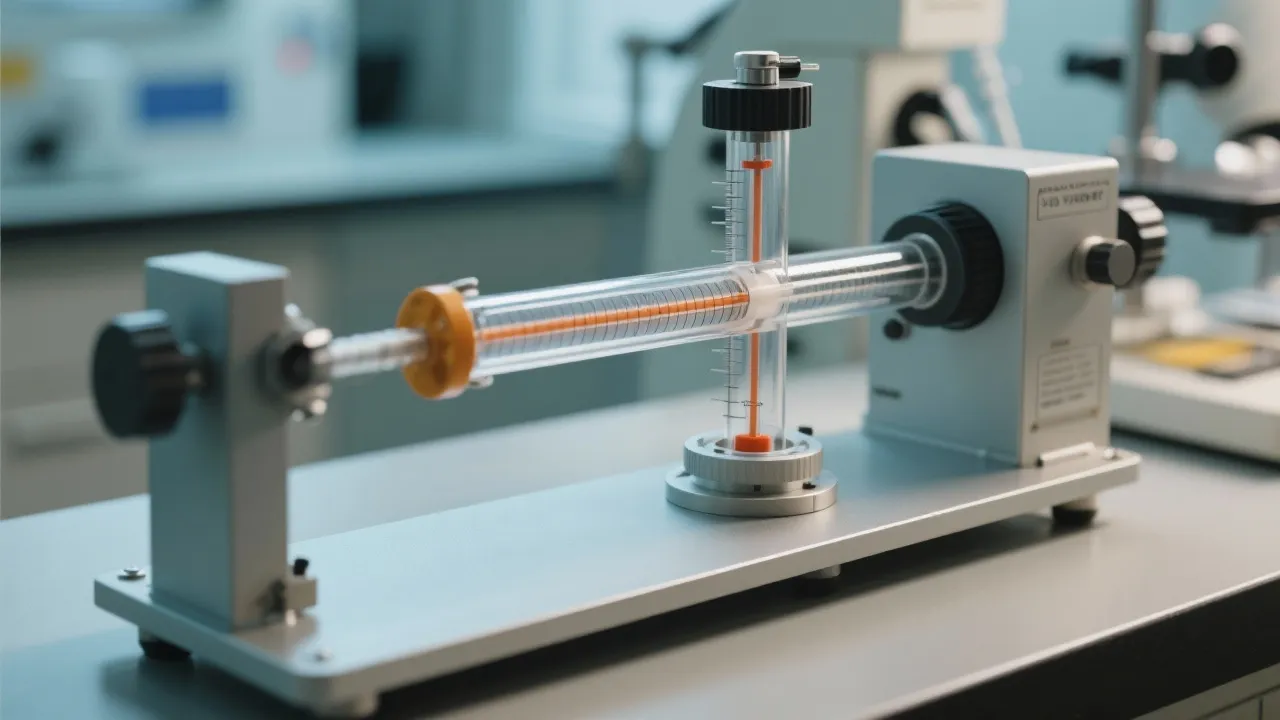
Introduction to Capillary Viscometers
Capillary viscometers are pivotal tools used to measure the viscosity of a fluid, a critical property that determines how substances flow under various conditions. Understanding viscosity is essential in many industries, including pharmaceuticals, petrochemicals, and food processing, where it directly impacts the quality and efficiency of the products. Viscosity is not merely a measure of how thick a fluid is; it is a fundamental property that influences production processes, product performance, and user experience. With varying fluid dynamics, it is crucial to utilize precise methods of measurement that capillary viscometers provide.
How Capillary Viscometers Work
These viscometers function by timing how long it takes a given volume of liquid to flow through a thin tube or capillary. The time taken is directly related to the fluid's viscosity, with faster flow indicating lower viscosity and vice versa. Differential pressure across the tube drives the fluid, providing precise measurements when calibrated correctly. The mechanics of flow in the capillary are governed by the principles of laminar flow, which is characterized by smooth and consistent fluid motion, as opposed to turbulent flow. The fundamental equation in capillary viscometry is derived from Poiseuille’s law, which describes how the flow rate of a liquid through a tube is related to its viscosity as well as the dimensions of the tube and the pressure differential.
Types of Capillary Viscometers
There are several variants of capillary viscometers, including the Ostwald, Cannon-Fenske, and U-tube viscometers, each suited for specific applications:
- Ostwald Viscometer: Ideal for low-viscosity fluids, commonly used in educational settings for its simple design. This type of viscometer can accurately measure viscosities of simple liquids like water or alcohol and is often employed for quick assessments in labs.
- Cannon-Fenske Viscometer: Known for higher precision and suited for more viscous fluids, used extensively in industry laboratories. The dual-capillary design allows for greater accuracy and is often used to measure oils and polymer solutions.
- U-tube Viscometer: Designed for rapid measurements, often utilized in quality control environments for consistency checks. This type can provide fast viscosity readings for medium-to-high viscosity fluids and offers a balance between speed and accuracy.
Applications in Industry
Capillary viscometers play a crucial role in several fields:
- Pharmaceuticals: Ensuring consistency of liquid medications and understanding the flow properties of gels. Accurate viscosity measurements are vital for formulations like syrups and suspensions, where even slight variations in viscosity can affect dosage and efficacy.
- Petrochemicals: Essential in characterizing the flow of crude oil and lubricants, which impacts transportation and refining processes. The viscosity of fuels is critical for engine performance, and thus, it is monitored closely to ensure engine efficiency and fuel economy.
- Food Processing: Used to ensure the texture and quality of syrups, dressings, and dairy products. The viscosity of food products directly affects mouthfeel and stability; thus, accurate measurement is necessary for quality control and product development.
- Cosmetics: Viscosity measurements guide the formulation of creams, lotions, and gels, impacting spreadability and user perception. Maintaining consistent viscosity helps in meeting consumer expectations regarding product performance.
- Paints and Coatings: The viscosity of paints affects application properties such as flow, leveling, and drying time. Therefore, maintaining the correct viscosity is essential during the manufacturing process.
Factors Influencing Viscosity Measurements
Several conditions can affect the accuracy of viscosity measurements:
- Temperature: Very fluids become less viscous as they heat, requiring precise temperature control during testing. Temperature fluctuations can lead to changes in viscosity that affect measurements, emphasizing the need for thermostatic baths during testing.
- Consistency of Fluid Volume: Minor variations in the volume tested can lead to erroneous results. The viscometer must be filled to the specific mark consistently to minimize measurement variability.
- Contamination: Impurities in a sample can skew viscosity, emphasizing the need for clean apparatus and samples. Contaminants can either increase or decrease viscosity, thus requiring thorough cleaning procedures between tests.
- Shear Rate Sensitivity: Some fluids exhibit shear-thinning or shear-thickening behavior; thus, a constant shear rate must be maintained during measurements to avoid misinterpretation of results.
Step-by-Step Guide to Using a Capillary Viscometer
To ensure accurate viscosity measurements using a capillary viscometer, follow these steps:
- Prepare the Sample: Ensure the fluid is homogenous and free from bubbles or particulates. If necessary, use a homogenizer or vortex mixer and allow the fluid to debubble.
- Calibrate the Viscometer: Use a standard fluid with known viscosity for baseline calibration. This step is essential to ensure that measurements are accurate and reproducible.
- Measure the Fluid: Fill the viscometer with the fluid sample, ensuring no air bubbles are present. Tapping the viscometer gently may assist in removing any trapped air.
- Control the Temperature: Maintain the fluid and viscometer at a constant temperature using a water bath if necessary. Monitoring the temperature throughout the experiment is crucial for consistency in viscosity readings.
- Time the Flow: Use a stopwatch to time the fluid passing between two marked points on the tube. Take multiple measurements to ensure repeatability and accuracy.
- Calculate the Viscosity: Use the time recorded and the viscometer’s specific calibration constant to calculate the fluid's viscosity with the formula provided by the manufacturer.
Considerations for Selecting a Capillary Viscometer
When choosing the appropriate viscometer for your application, consider these factors:
- Type of Fluid: Ensure compatibility with your fluid’s viscosity range and chemical resistance. For instance, aggressive solvents may require specialized materials to prevent degradation of the viscometer’s components.
- Measurement Precision: Choose a model with the necessary precision for your industry's standards. Higher precision viscometers may come at a higher cost but are often justified by their results.
- Ease of Use: Consider models with user-friendly designs for simpler calibration and measurement processes. Complex setups may lead to errors, particularly in educational or lab environments where users may have varying experience levels.
- Maintenance and Durability: Evaluate the maintenance requirements and durability of the viscometer under your expected usage conditions to ensure longevity and consistent performance.
FAQs
- What is the main purpose of a capillary viscometer? To measure the viscosity of fluids for quality and performance assessments across various industries. Accurate viscosity measurements help in troubleshooting production issues and ensuring product consistency.
- How does temperature affect viscosity? Generally, as temperature increases, the viscosity of a fluid decreases, requiring careful temperature management during measurements. This dramatic change requires users to record temperature conditions alongside viscosity data duly.
- Can capillary viscometers measure all types of fluids? They are best suited for Newtonian fluids where viscosity remains constant regardless of the applied shear rate. Non-Newtonian fluids require different instrumentation and methodologies since their viscosity changes with shear rate.
- What industries benefit significantly from capillary viscometers? Pharmaceuticals, petroleum, and food processing industries depend heavily on accurate viscosity measurements. Capillary viscometers are also used in materials science for characterizing polymers and in the paint and coatings industry for formulating products.
- How do you interpret viscosity data effectively? Interpreting viscosity data effectively requires understanding the fluid’s behavior under various conditions. Data can indicate not only the current viscosity but also predictive behavior under different stress or temperature scenarios, enabling better product formulation and quality control.
Conclusion
Capillary viscometers are indispensable tools for those who require accurate viscosity measurements. From the petroleum industry to pharmaceuticals, these devices ensure product quality and performance by providing insights into the flow behavior of various fluids. Understanding their operation, applications, and selecting the right model is crucial for optimal results and operational efficiency. As technology evolves, the methodologies associated with viscosity measurement are also advancing, with newer models including digital readouts and integrated data logging for enhanced user experience and data collection. Continuous innovation in the design and technology behind viscometers promises to further refine viscosity measurement, ultimately enhancing product quality and performance across all industries that depend on fluid mechanics.

